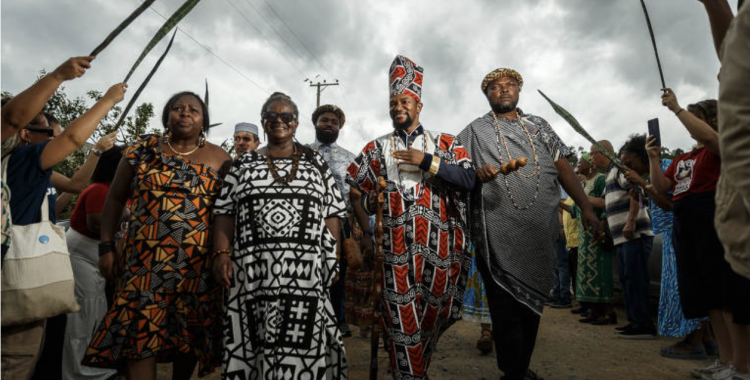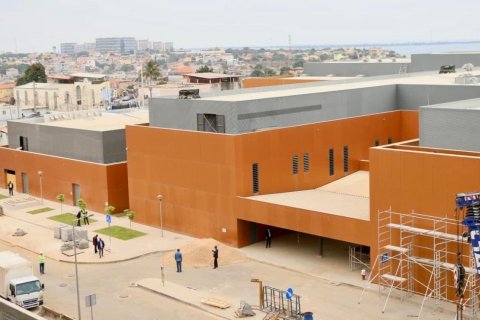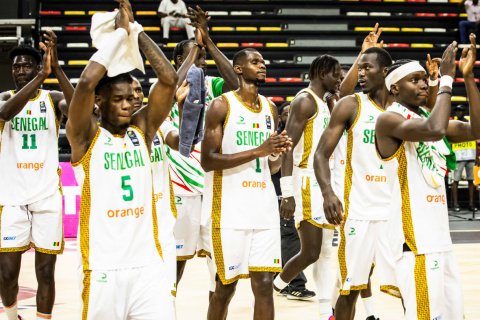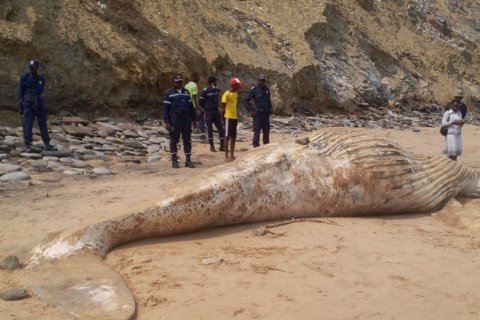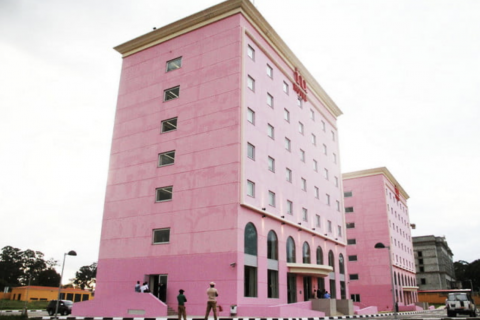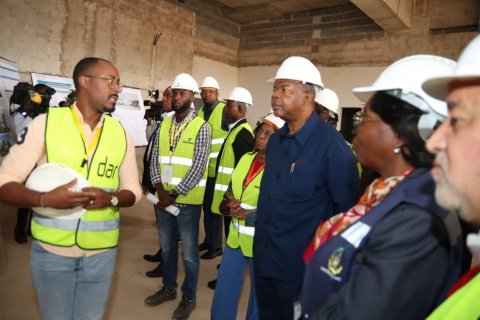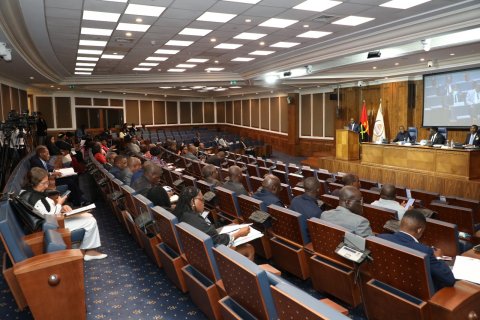“We are in the rescue phase. You [MUNCAB] are in the preservation, valorization and dissemination phase. We are beginning the rescue, because colonization was stronger than what you experienced here,” said Tchongolola Tchongonga Ekuikui VI, quoted in a statement released by the Salvador museum.
“When the Portuguese arrived in Angola, they erased, from our spirituality, all our faith, our confidence and our resistance was automatically shaken,” reinforced the representative, during the guided tour of the exhibition “Roots: Beginning, Middle and Beginning”, in which, he argued, he was fulfilling the will of his ancestors.
Salvador is the capital of the state of Bahia, a region where Pedro Álvares Cabral landed on April 22, 1500, and this is the main reason for the visit of this 39-year-old king, the 37th sovereign of the subnational kingdom of Bailundo, located in the central region of Angola.
“We believe that the same process they are carrying out is the same process that we, as a kingdom, are carrying out. We are carrying out the four pillars: the rescue, preservation, valorization and dissemination of our cultural identity”, she said.
In the same information note, the project’s curator and artistic director of the museum, Jamile Coelho, detailed that the exhibition “is a celebration of Angolan resistance and creativity that shaped the identity of Salvador”.
“This exhibition highlights how the spirituality, knowledge and cultural practices brought by Africans, especially the Bantu people from Angola, Congo and Mozambique, transformed Salvador into the Afro-descendant capital of the world”, she highlighted.

